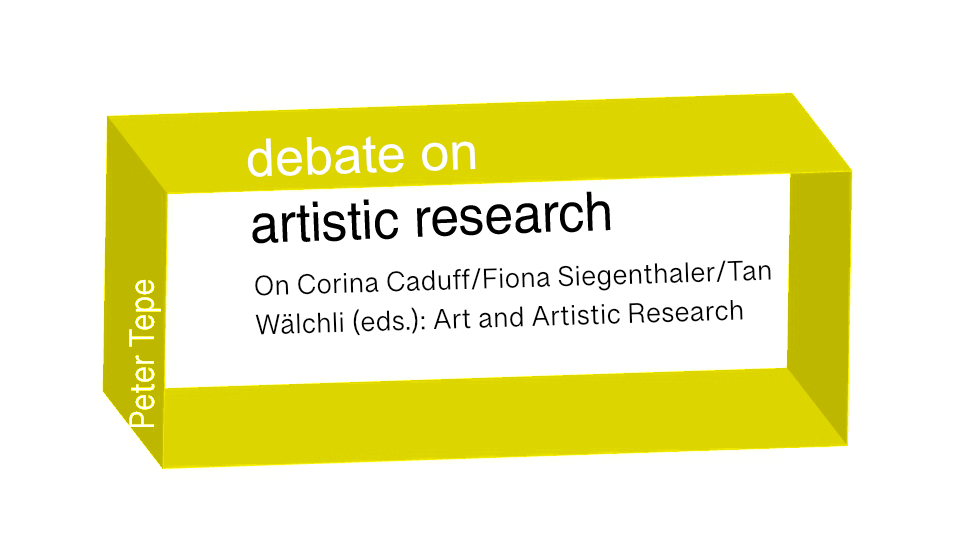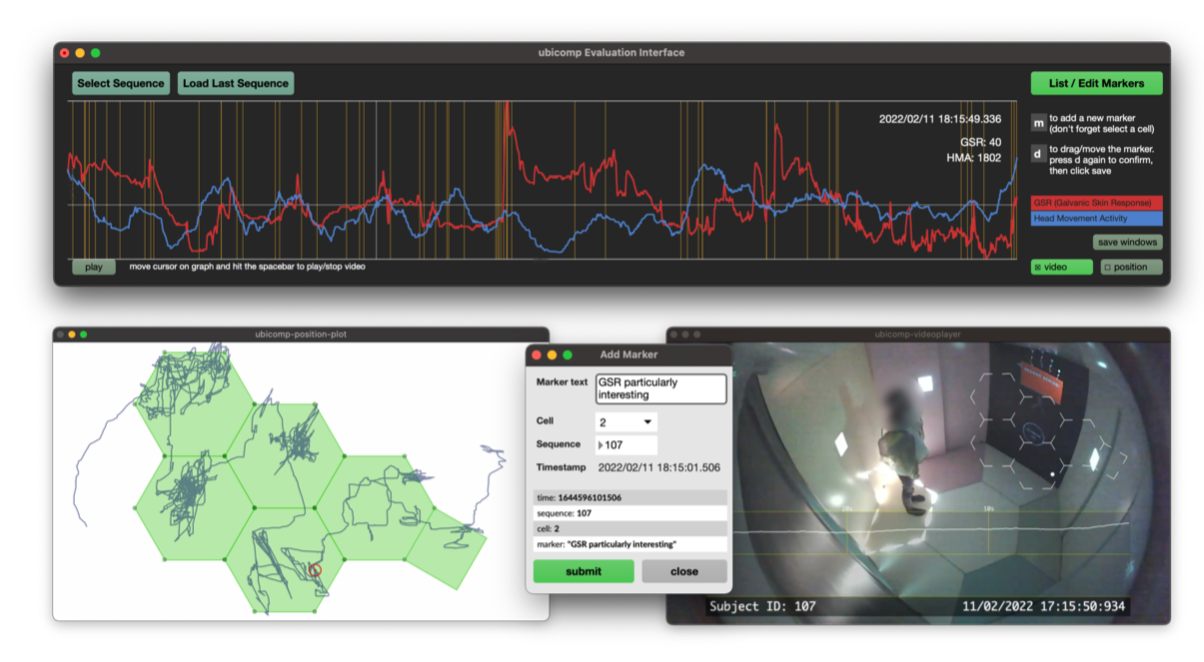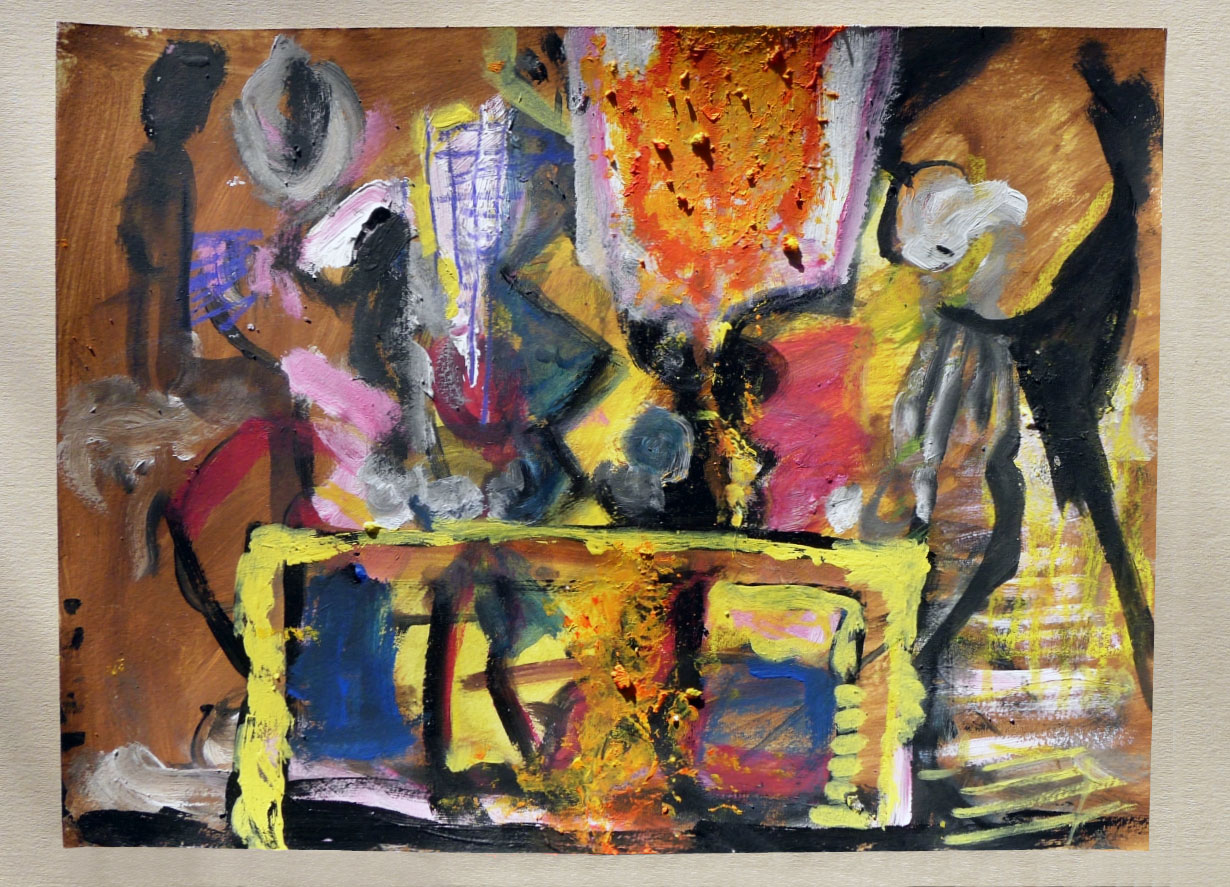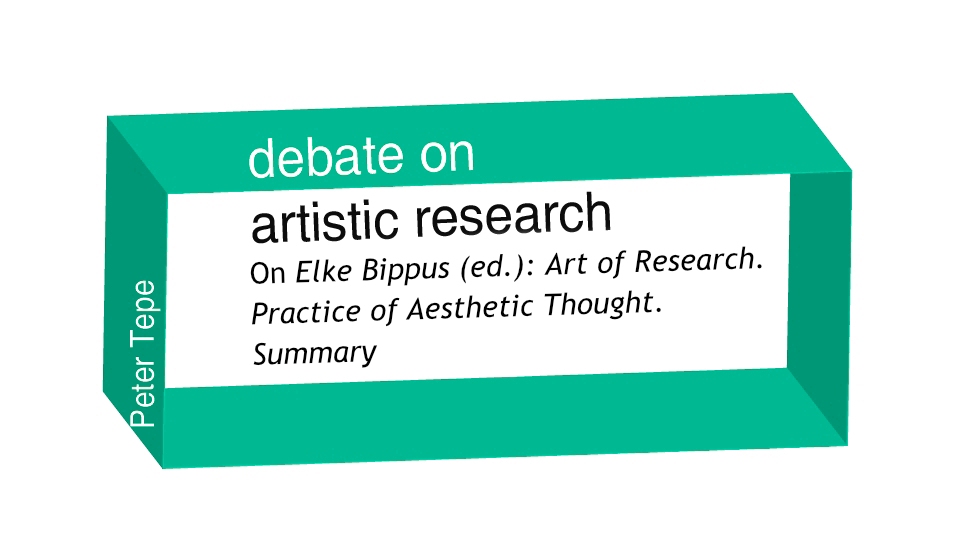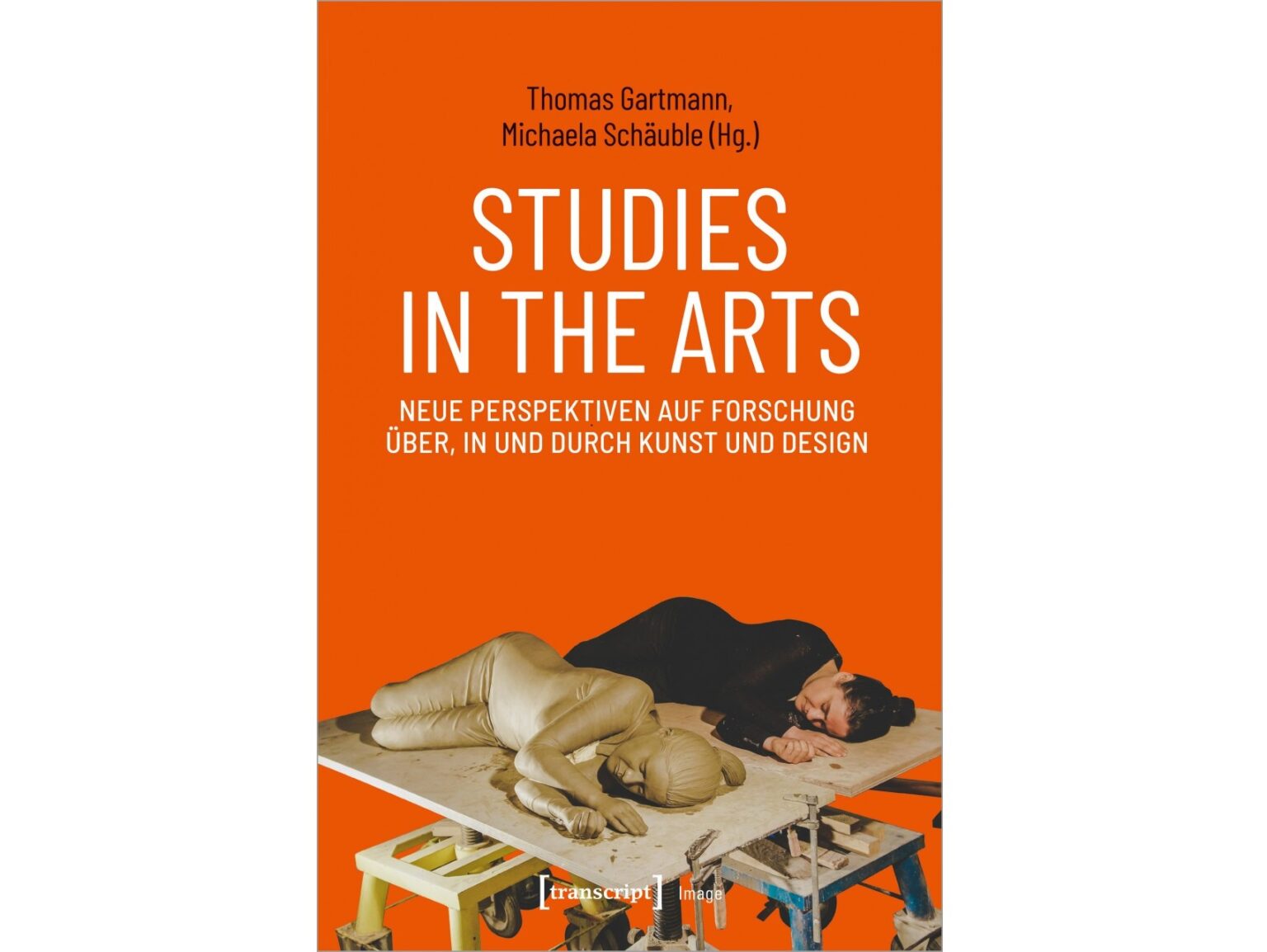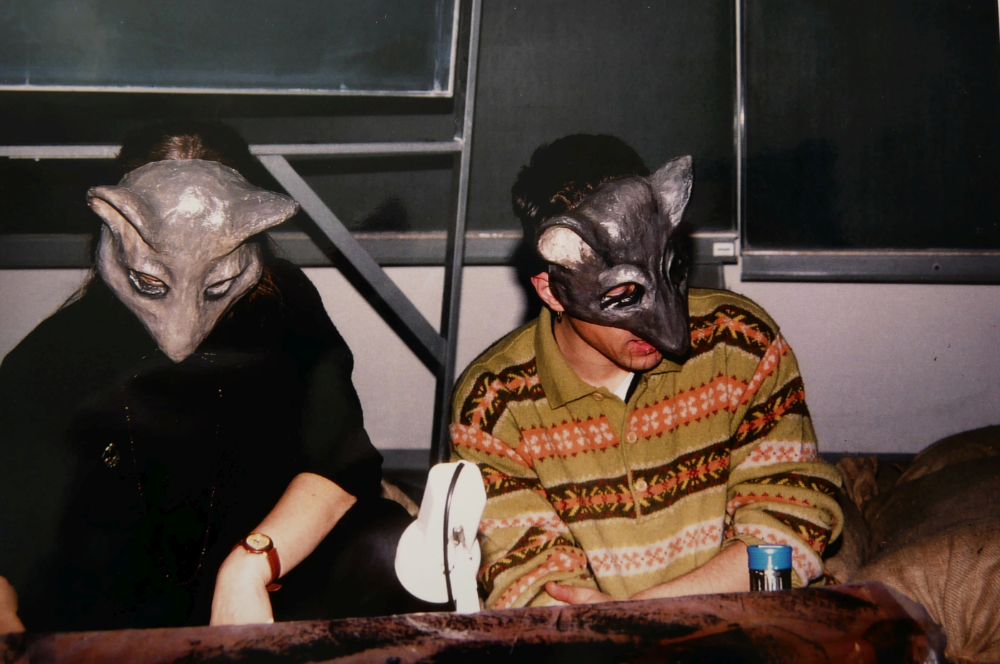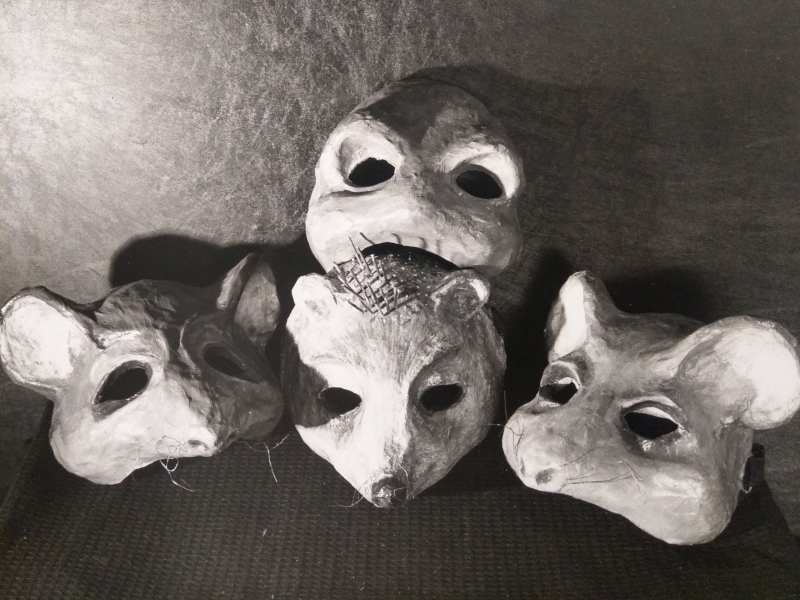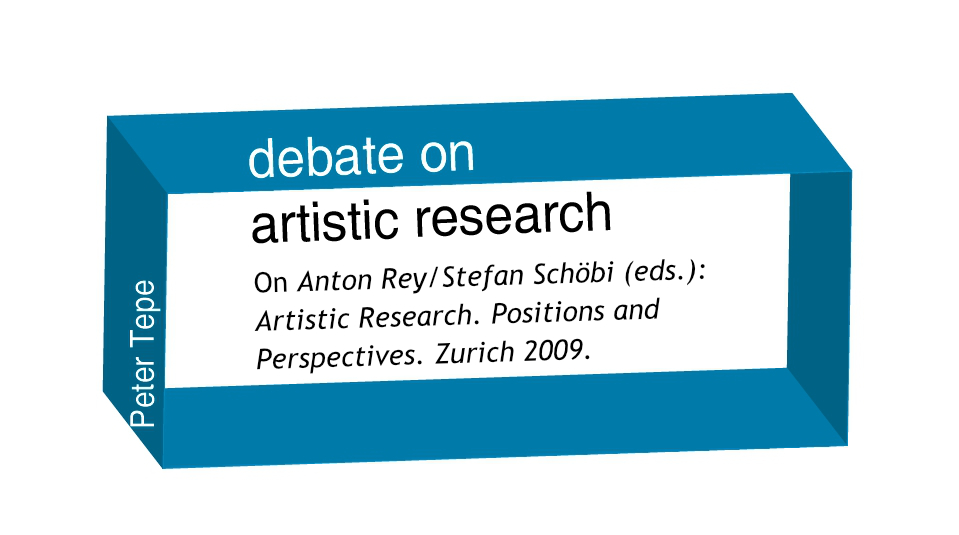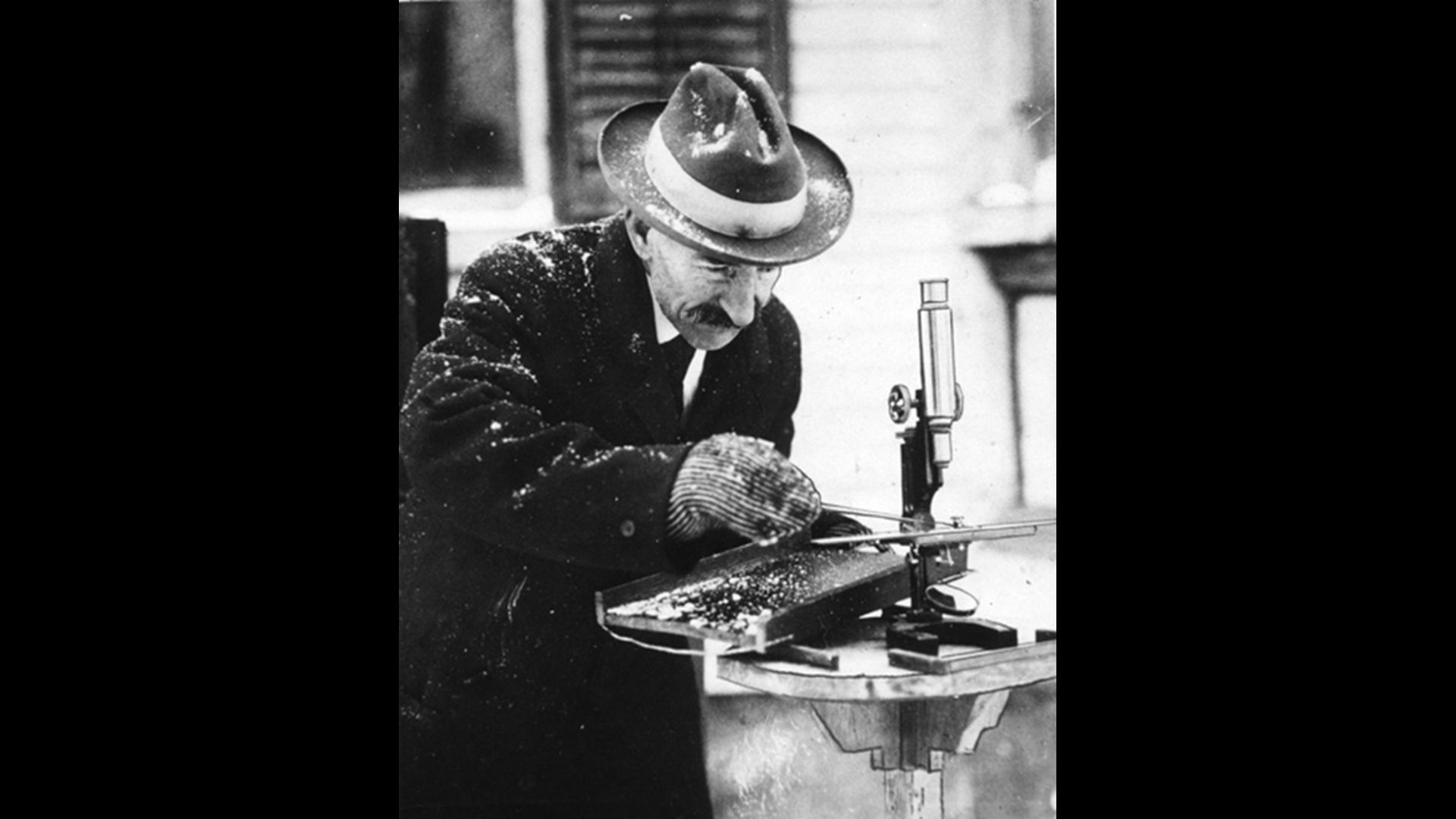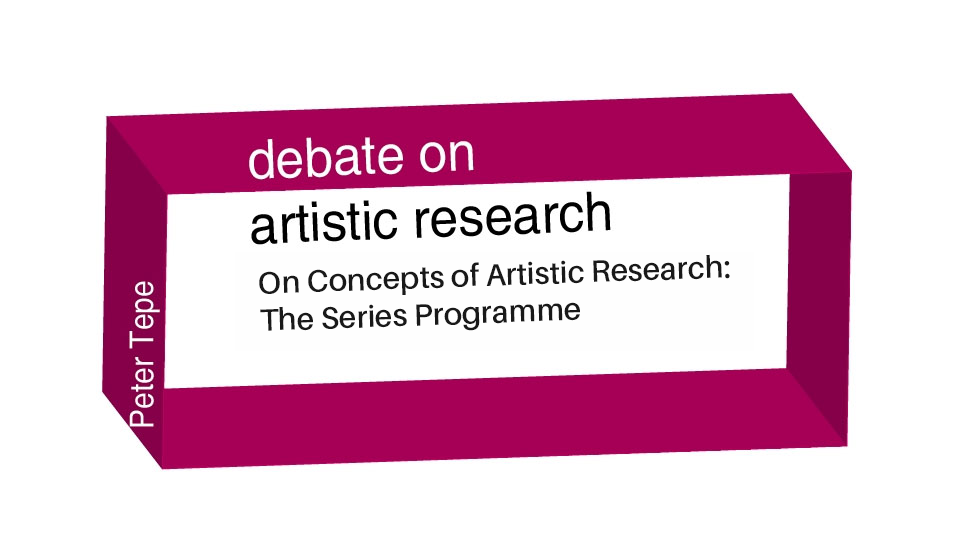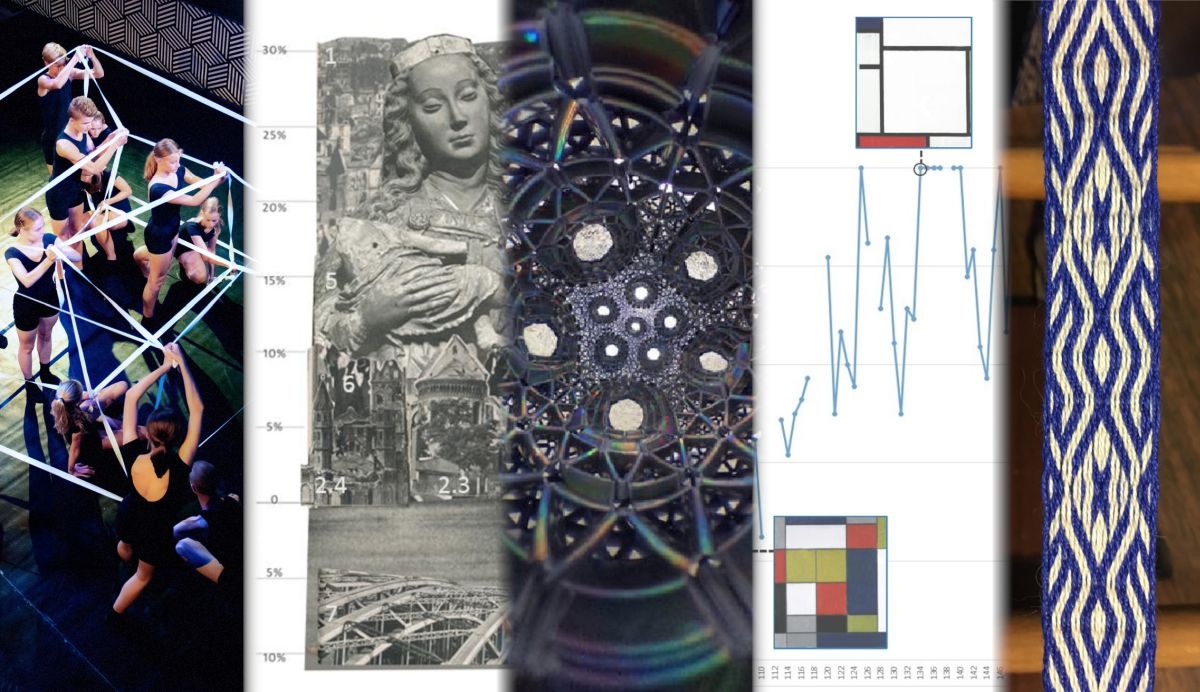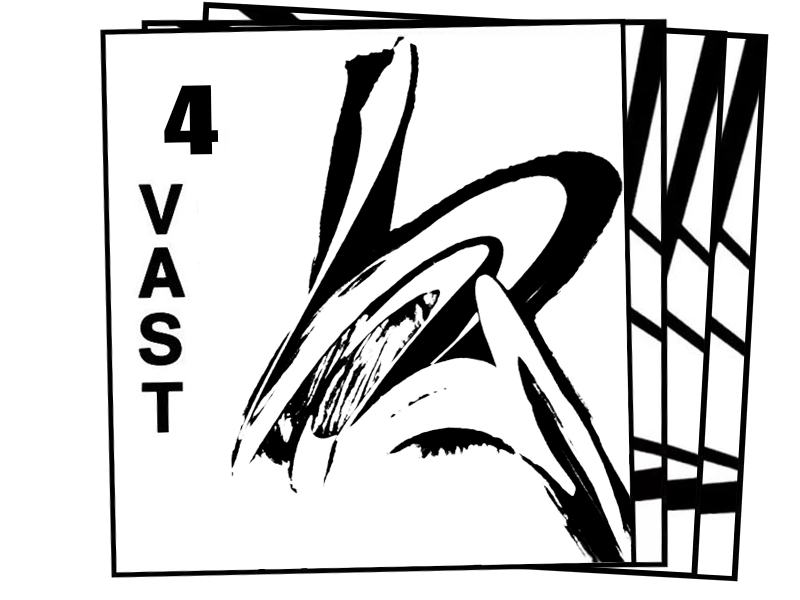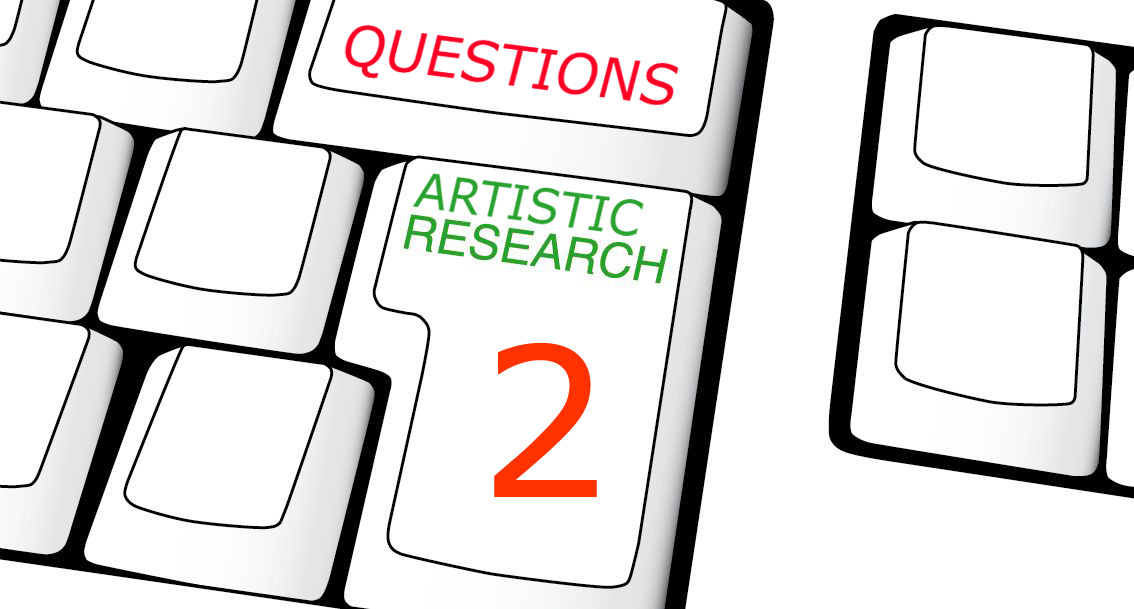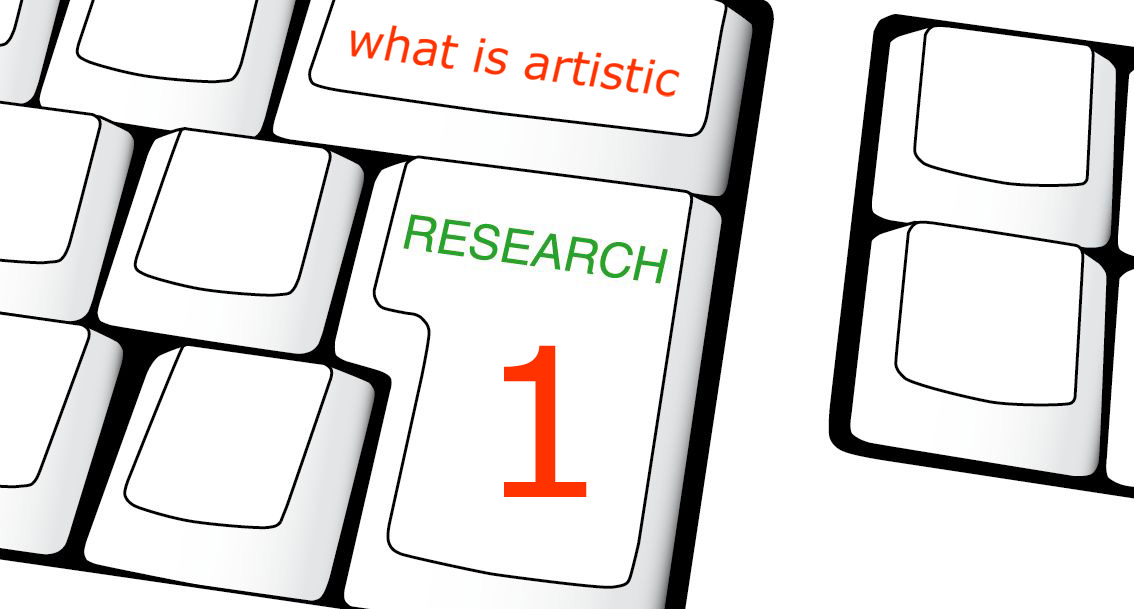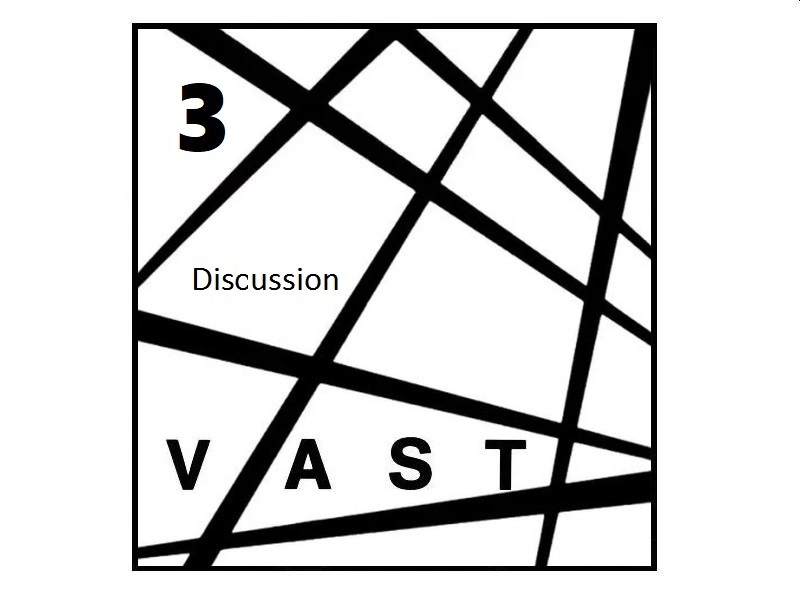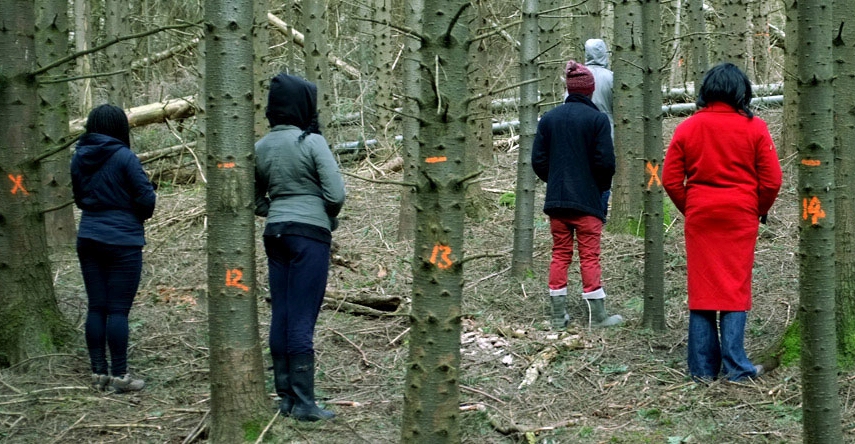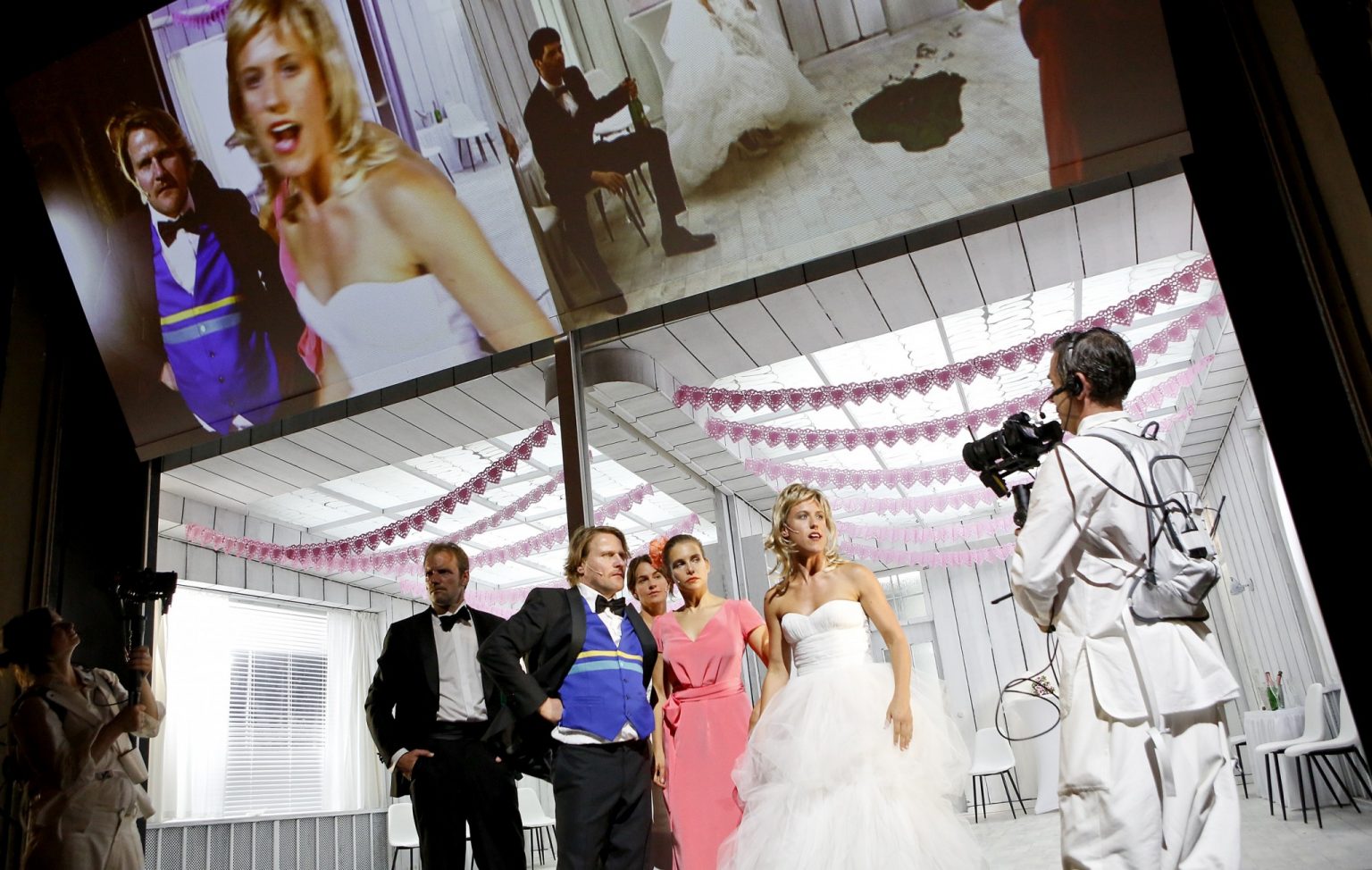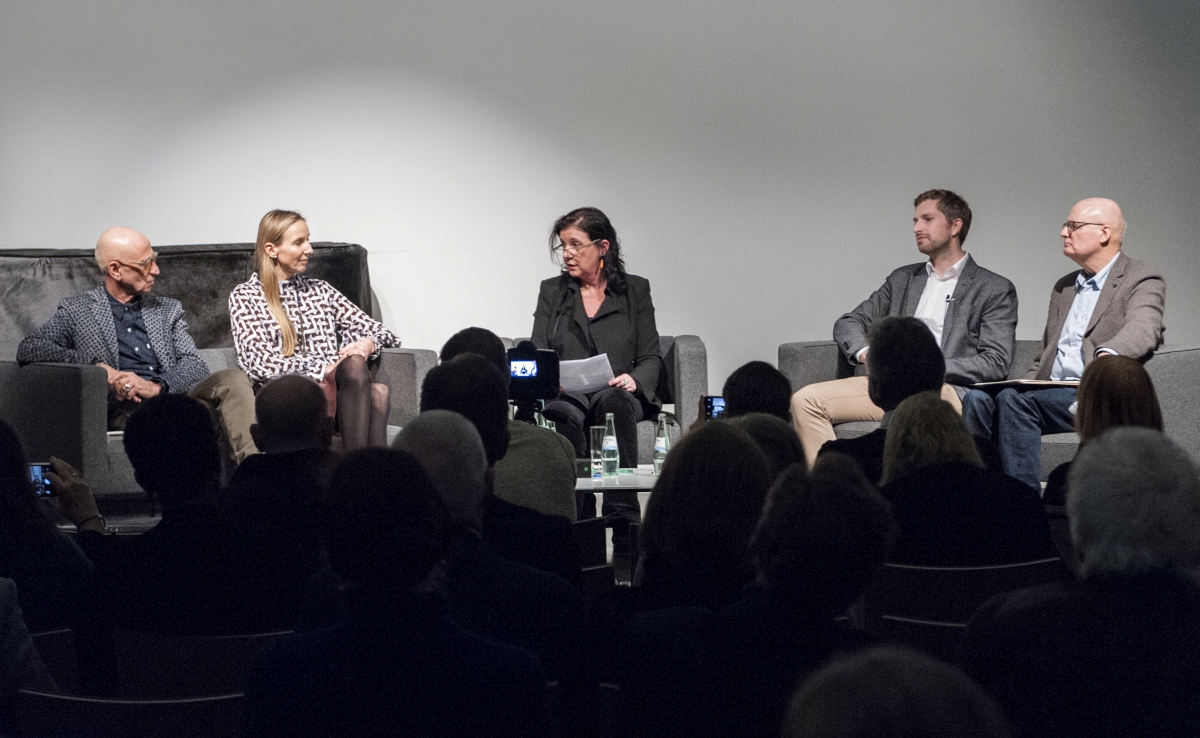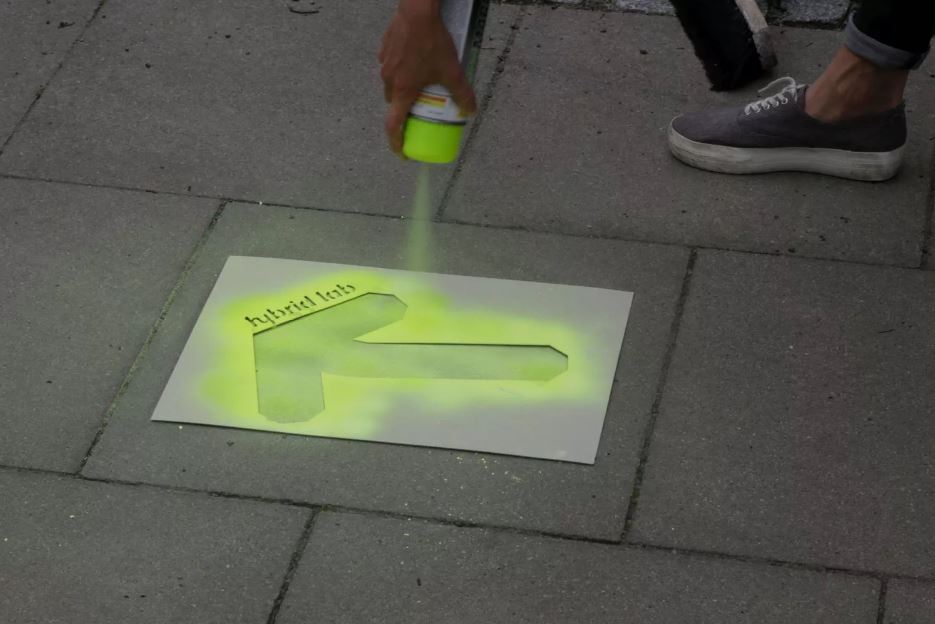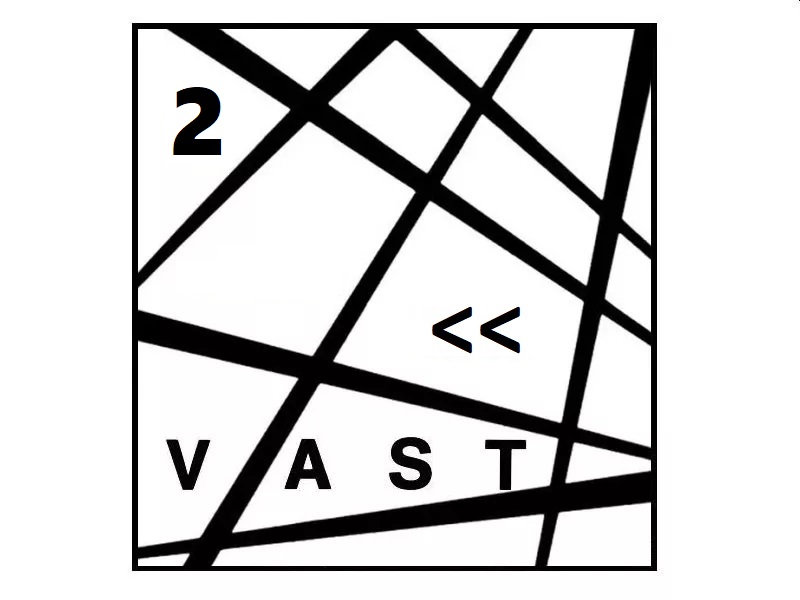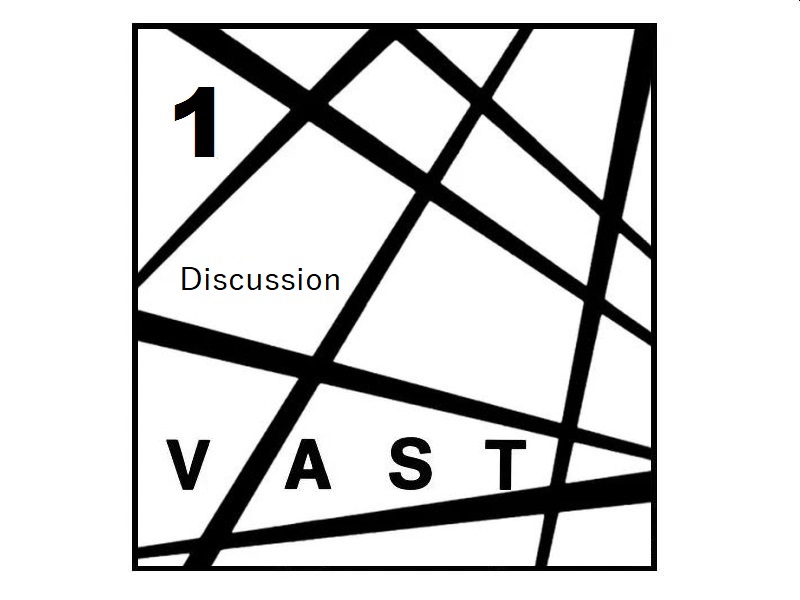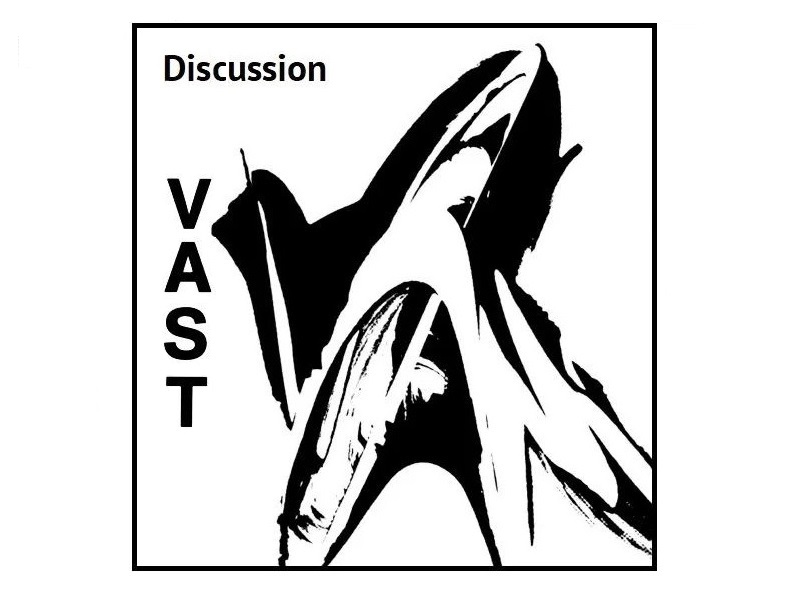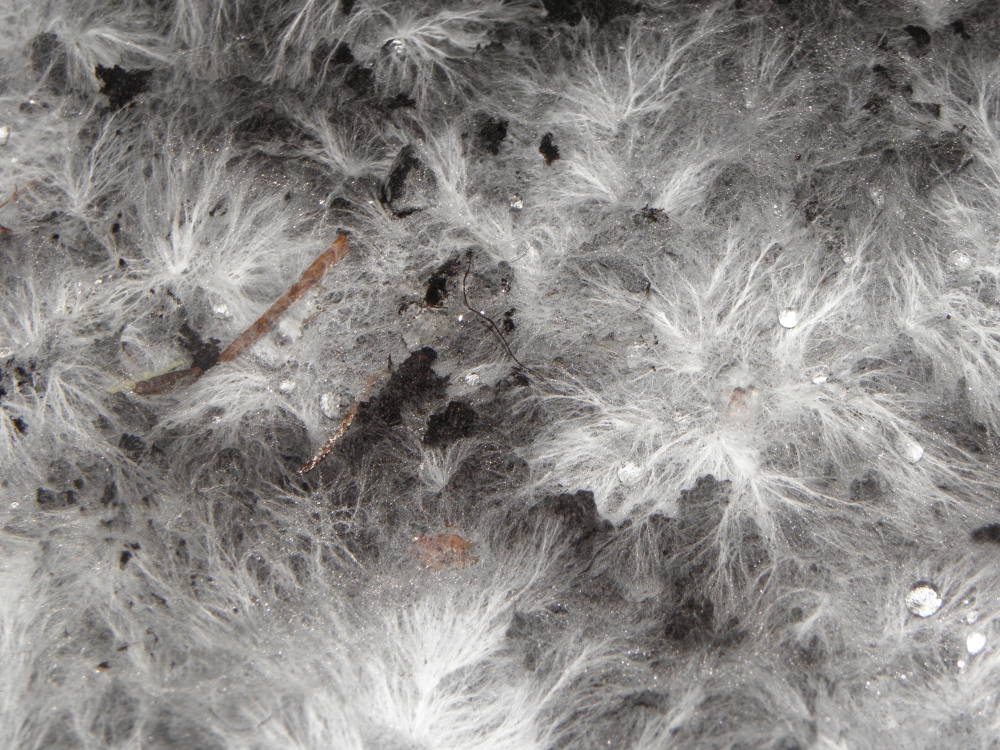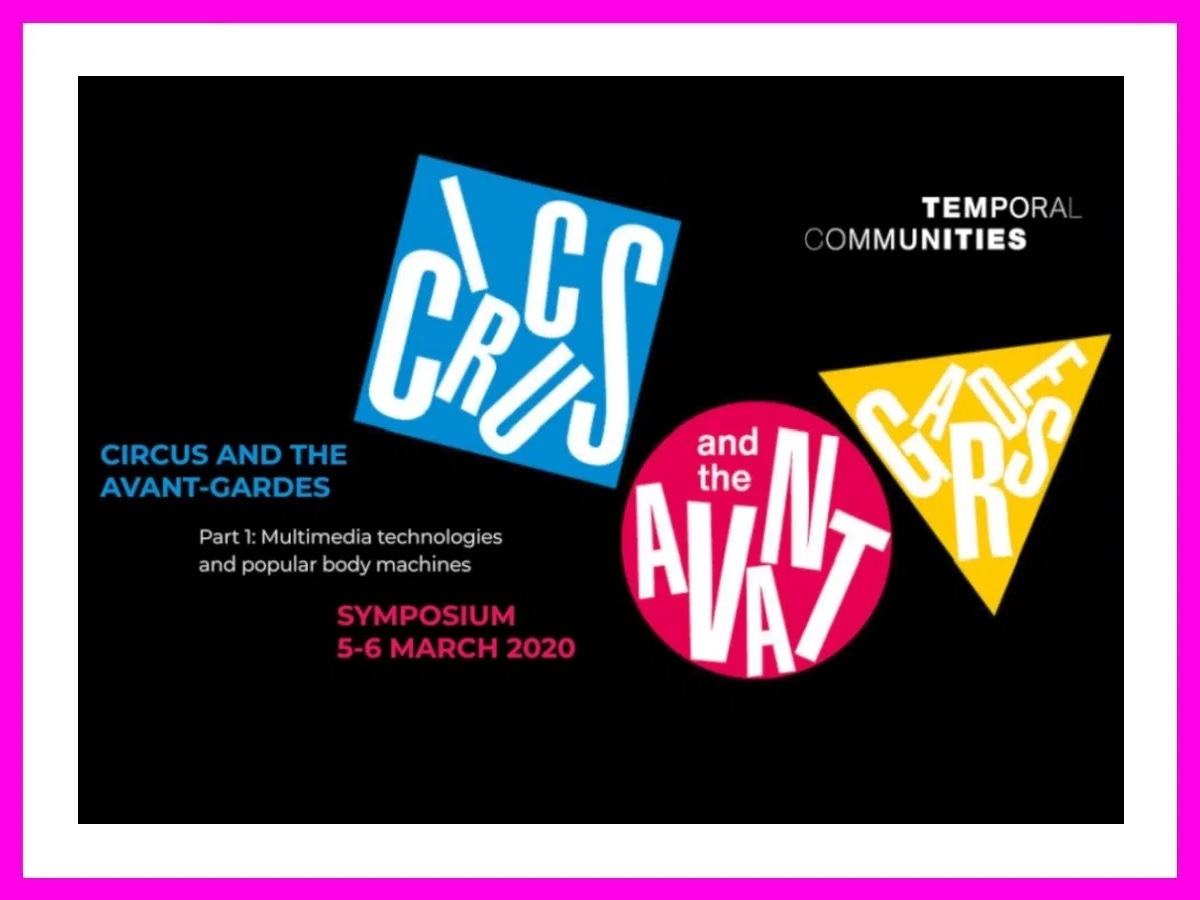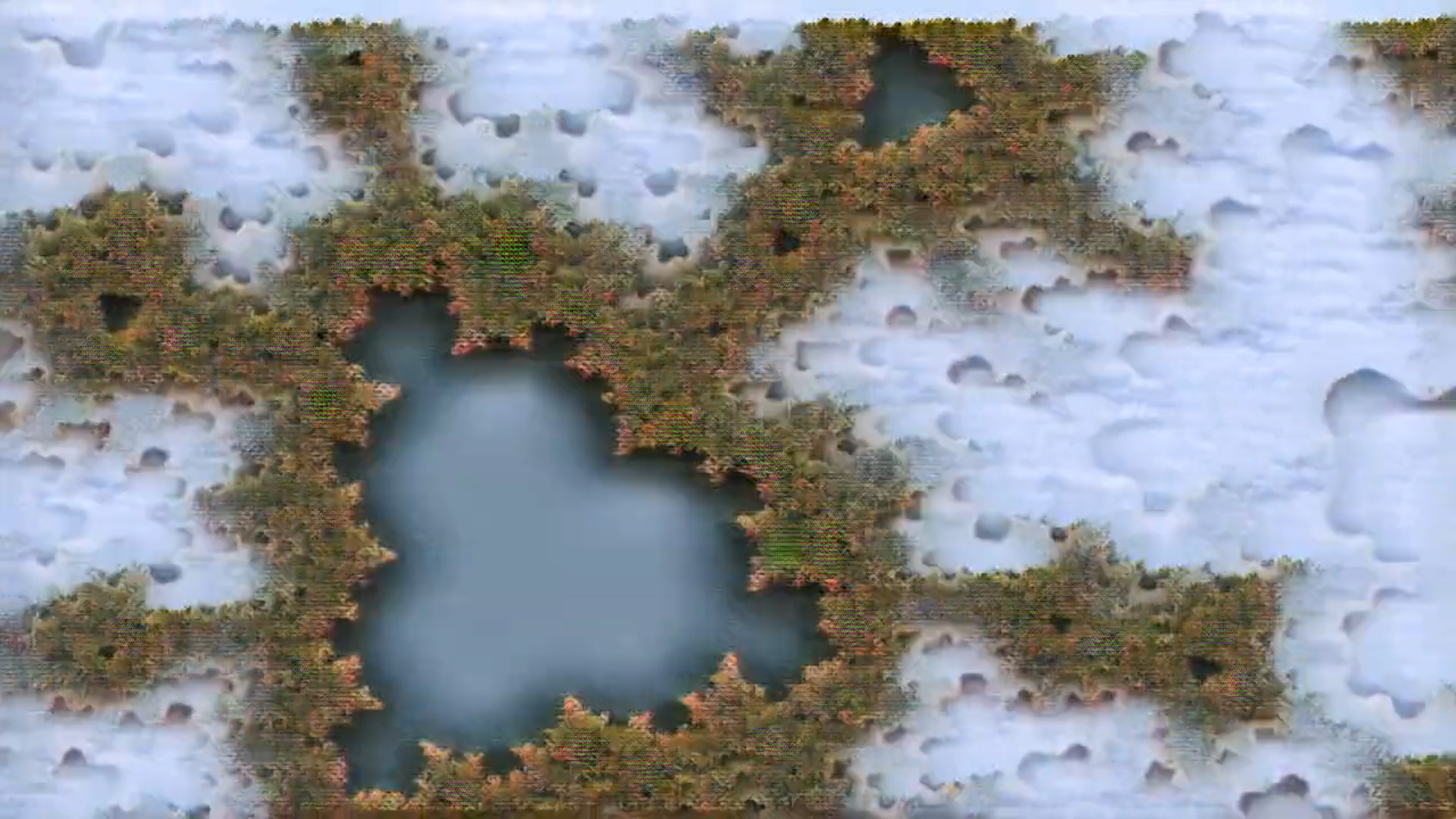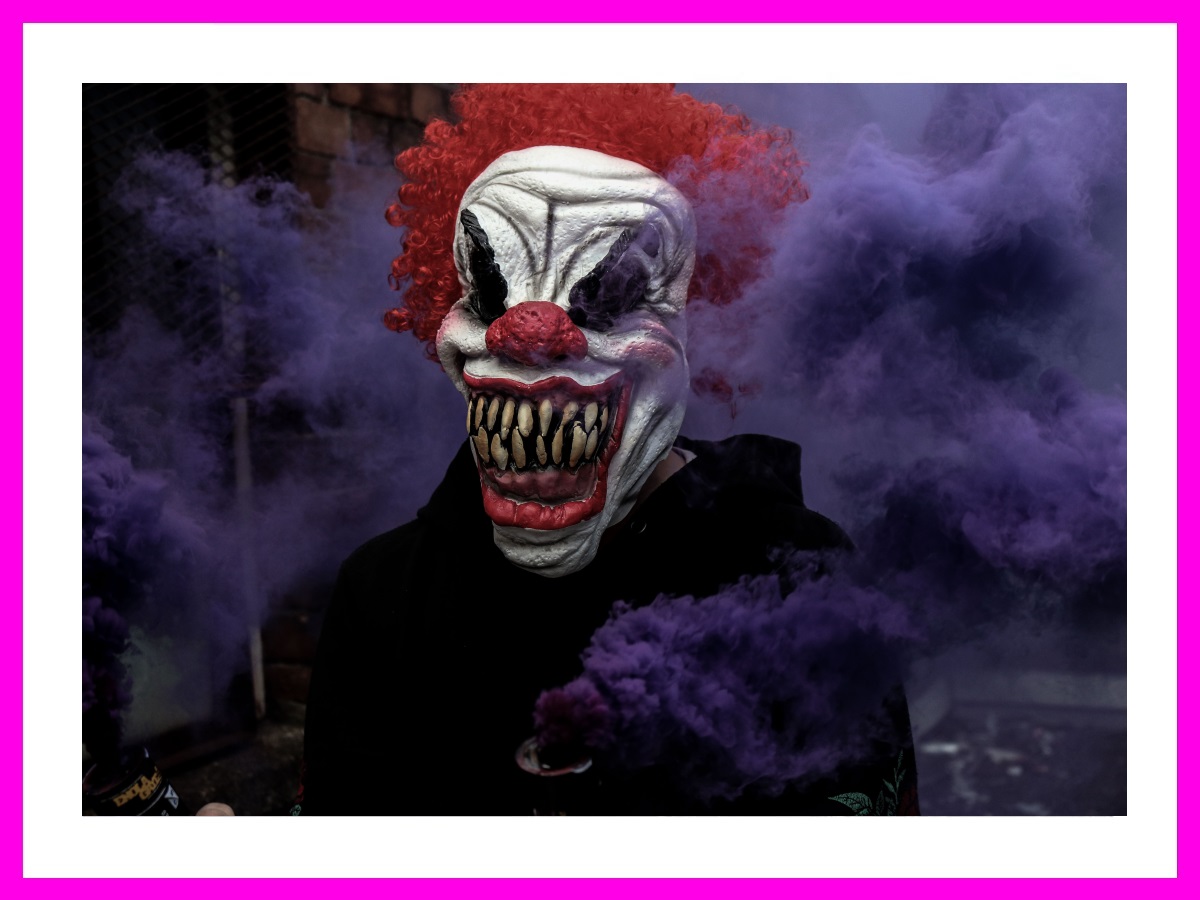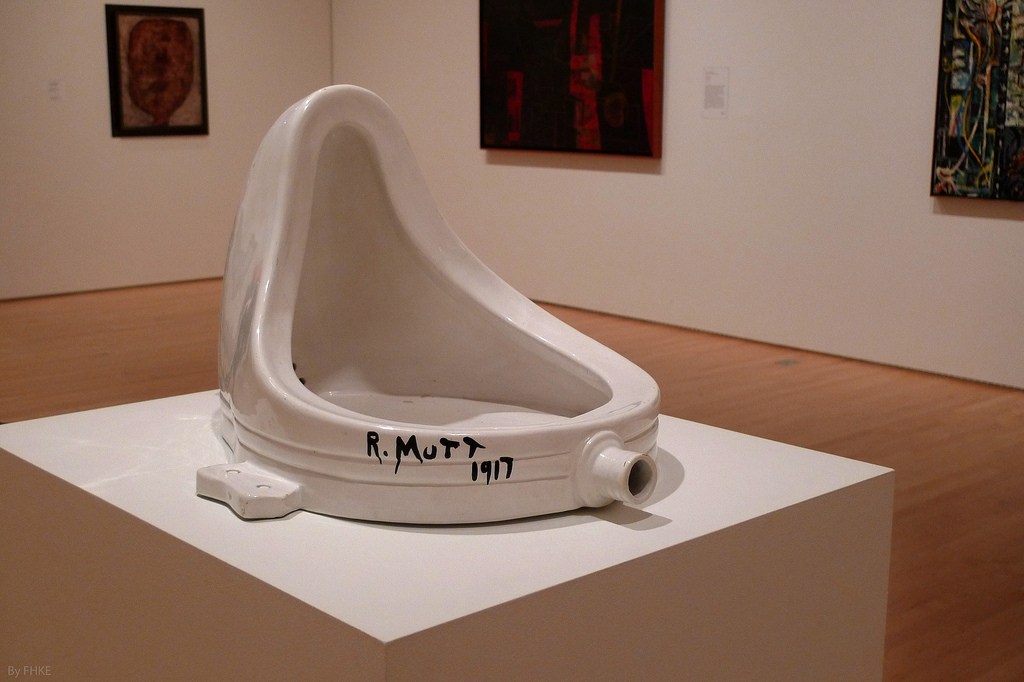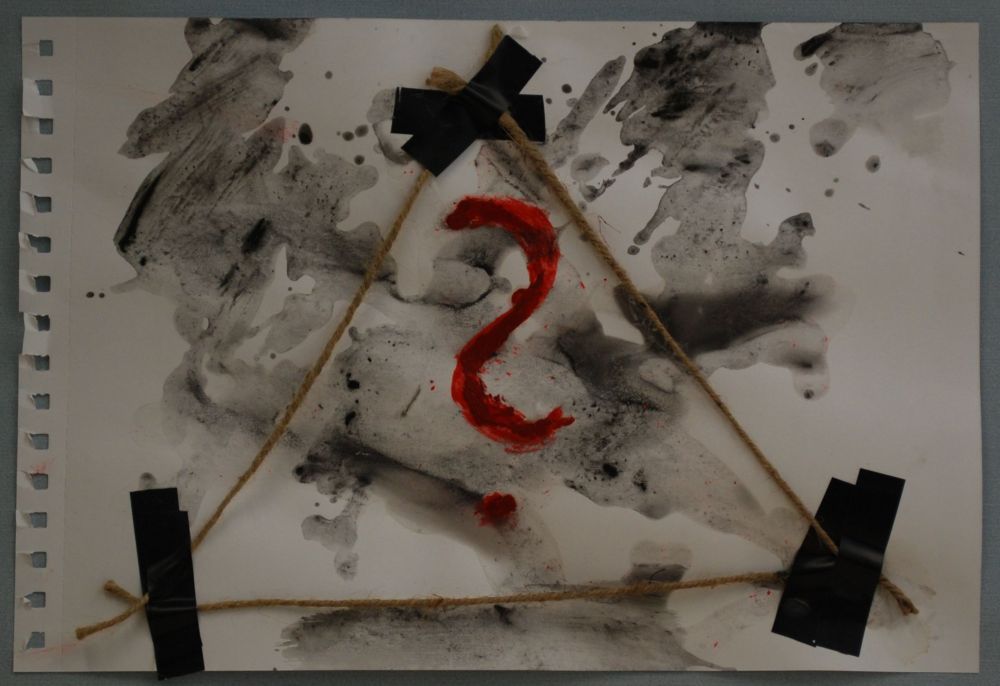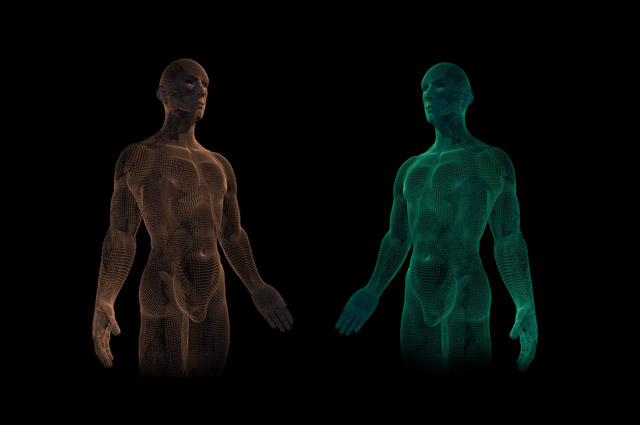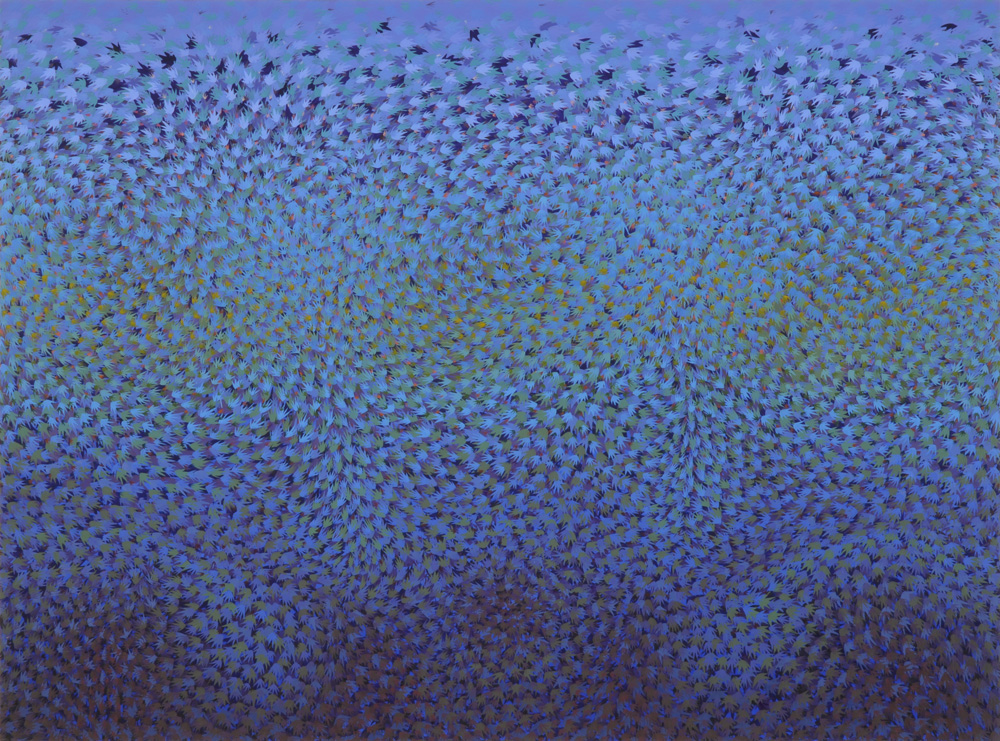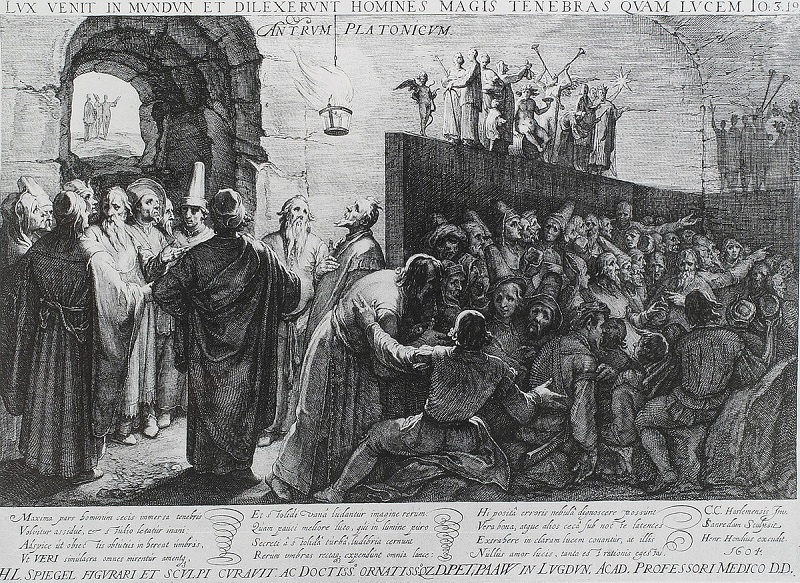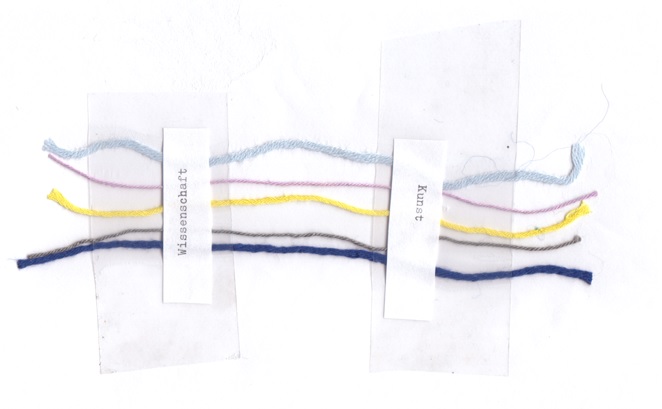Here you can find all articles that are assigned to the categories Art-Related Scientists, On ‚Art and Science‘, and Art Theory.
Jean Painlevé: Thinking with Tentacles
The essay discusses the French filmmaker Jean Painlevé as a border crosser between science and art, and how the second half of the nineteenth century crystallises the interpenetration of art and science, namely in the fields of ecology and knowledge communication.
On the Concept of Knowledge in Artistic Research. Summary
Till Bödeker examines theories that postulate that artistic research creates specific knowledge that is equal to scientific knowledge.
Future utopia or dystopia: Creative Writing with AI
The aim of this two-part article is to shed light on different dimensions of AI writing in order to think about a possible future by taking stock of current tendencies.
Science as Art – Art as Science
“Entstehung einer künstlerischen Tatsache”, a project in Jena, aims to facilitate a dialog between art and science. It also endeavours to establish art and culture in Jena in the longer term and to connect them with existing scientific institutions.
Debate on Artistic Research 3. Summary
Part 3 of the series Debate on Artistic Research discusses the volume “Art and Artistic Research” published in 2010 in Zurich and edited by Corina Caduff, Fiona Siegenthaler and Tan Wälchli.
Artistic research as the collective production of knowledge
Jonas Kellermeyer presents his concept of artistic research as the collective production of knowledge. He then uses this approach to examine a project about Ubiquitous Computing.
Genetic Engineering and the Exhibition “Cell Vitality”
On the occasion of the exhibition Cell Vitality, Hubert Mayer first gives an introduction to genetic engineering and then discusses a project of art-related science.
Wooden Mathematics – Making abstraction tangible
Wooden artworks can be found throughout all art historical periods. Yet, they are scarcely found in the realm of mathematical art. In the following collection, each article exemplifies the interaction of wood as both an artistic medium and a means for the illustration of mathematical content.
Debate on Artistic Research 2.1: Summary
Text: Peter Tepe | Section: On ‘Art and Science’ Summary: Numerous articles from the anthology The Art of Research (Kunst des Forschens) are discussed, all of which are very…
Studies in the Arts: An Artistic-Scientific Doctorate
Since 2011, the University of Bern and the Bern Academy of the Arts have been running a joint interdisciplinary artistic-scientific doctoral programme that is unique. This article presents the programme and its contents, but also its challenges, results, and perspectives.
Vorlesungstheater
Peter Tepe introduces his lecture “Mythisches, Allzumythisches” (The Mythical, the All-Too-Mythical), which took place in the 1993/94 winter semester in collaboration with Helge May.
Art-Related Science – A new Section in w/k
w/k introduces its new section, Art-Related Science, which deals with scientists who draw on artistic concepts/methods/results.
Debate on Artistic Research 1. Summary
Borgdorff’s claim that research in the arts fulfils the criteria of independent scientific research should be replaced by a less forceful assertion.
Icy Hieroglyphics: Wilson Bentley’s Snow Crystals
The US-American Wilson A. Bentley is today considered one of the first atmospheric scientists. His photomicrographs of ice crystals testify to an intensive examination of the physical dimension of observing nature and the impossibility of subject-independent research.
Debate on Artistic Research: The Series Programme
This series examines anthologies published in German on the topic of artistic research. The texts also seek to promote participation in an on-going discussion on contrasting positions of artistic research.
Combining Mathematics and Arts
The 2020 annual meeting of the German Mathematical Society saw the first minisymposium on Mathematics and Arts.
VAST: A New Ball Game
The VAST can be considered as a training of aesthetic sensitivity; however, if one wants to turn it into a scientific test procedure, specific modifications are required.
Artificial Intelligence in Society and Art
The research forum Schaufler Lab@TU Dresden has set out to explore the interconnections between artistic and academic research in the field of discursive entanglement of AI and art.
Questions for Artistic Research
Debate: The survey questionnaires for artists who consider themselves artistic researchers and for scientists who use these kinds of concepts are introduced.
What is Artistic Research?
In order to provide easy access for those who have not yet dealt more intensively with the topic of “artistic research,” Angelika Boeck presents her understanding of artistic research.
Art and Science: On the Theses of Alexander Becker
In the series Critical Commentaries on texts on “art and science” Peter Tepe discusses the ideas set out in Alexander Becker’s w/k essay Art and Science.
VAST-Discussion: Silvia Bonacchi and Ian Verstegen
Silvia Bonacchi and Ian Verstegen discuss the state of the discussion on the Visual Aesthetic Sensitivity Test so far.
Socially Engaged Practice-Based Research: A PhD Pathway for Artists
How is a PhD program for artists in English-speaking countries organised? The PhD by Prior Publication of the TU Dublin serves as an example.
Theatre meets Science
Berliner Ensemble and Helmholtz presented their joint project at the twelfth edition of Forum Wissenschaftskommunikation, a conference for science communication.
On: Art Inspires Science
Can art inspire science? Peter Tepe argues it can, and gives examples of just such an influence. In doing so, he discovers that he is dealing with constellations in which certain forms of art have an impact on certain forms of science.
Hybrid Plattform
The Hybrid Plattform is a Berlin-based university initiative that works at the interface between art, science and technology.
VAST Response to the 6 Statements
In the second round of the VAST debate Karin Götz responds to the statements that were published in the first round.
VAST Discussion, Round 1
The first round of the discussion on the Visual Aesthetic Sensitivity Test developed by Karl Otto Götz includes texts from Gerhard Stemberger, Herbert Fitzek, Nils Myszkowski, Riccardo Luccio, Thomas Jacobsen/Barbara E. Marschallek/Selina M. Weiler and Roy R. Behrens.
Architecture, Art and the Neurosciences
New trends in the field of architecture increasingly emphasise dialogue with the fine arts.
VAST Discussion: The Plan
The discussion led by experts on the Visual Aesthetic Sensitivity Test (VAST), developed by Karl Otto Götz in the 1970s, will take place in four rounds from July to October 2020.
Merging Science and Art through Fungi
Vera Meyer illustrates how the seemingly diverse fields science and art can feed and sustain each other not only from the attitude of how to think about an object, but also how to show this object in a way that may not have been seen before.
18 Theses on Art and Science
Peter Tepe uses the brochure WIDERSTAND ERKENNTNIS [RESISTANCE RECOGNITION] for theoretical reflections on the subject of ‘Art and Science’.
Artistic Research: Journals, Platforms, Databases
In order to prepare a long-term pro-and-con discussion on concepts of artistic research, Angelika Boeck searched for journals, platforms and databases related to this topic.
Circus Arts and the Avant-Gardes
This article examines how avant-garde artists were inspired by the circus and circus aesthetics, and used them as models for novel, polarising and sophisticated works of art.
The Beauty and the Morbid: Fungi as Source of Inspiration in Contemporary Art
The relationship of the arts and fungi is not immediate; however, fungi are ideal subjects for artists.
AI and Arts – A Workshop to Unify Arts and Science
The workshop ‘AI and Art’ starts a dialogue between artists and researchers who use artificial intelligence.
Violent Clown Artists between Science & Art
This article explores the violent clown as an artist and border crosser at the intersection of science and art.
The Concept of “Art” – revisited
Bringing light into the darkness of the inflationary, chaotic use of the word “art”. With the help of Rudi Keller’s concept of language change and H.P. Grice’s action-theoretical model, Stefan Oehm attempts to do this.
Artistic Research between Language and Aesthetics
Is artistic research more than a utopia and what exactly is artistic research? This question will be explored here in the course of three articles.
Ask the w/k-Editors 1
In this section we will publish and answer some of our reader’s questions that might be of interest to other users of our online-journal.
The Aesthetic Imprint of Technological Images
Since media are often applied in scientific and artistic processes, this essay offers an insight into joined features and hidden relationships between visual media such as photography, film, television and interactive animation and their possible applications in science and art.
Irene Daum: Psychology and Art
Psychological research has long been concerned with themes such as the perception of art, the process of artistic creation and the psychological basis of creativity.
Alexander Becker: Art and Science
Art and science present themselves today – this ‘today’ reaches back several hundred years – as two distinct spheres which are clearly separated from one another.
Connections between Science and (Visual) Arts
The journal’s main goal is to fully apprehend, delineate, and systematise the connections between science and the visual arts in a neutral way. Within this context w/k explores the relationship between art and science in general.




